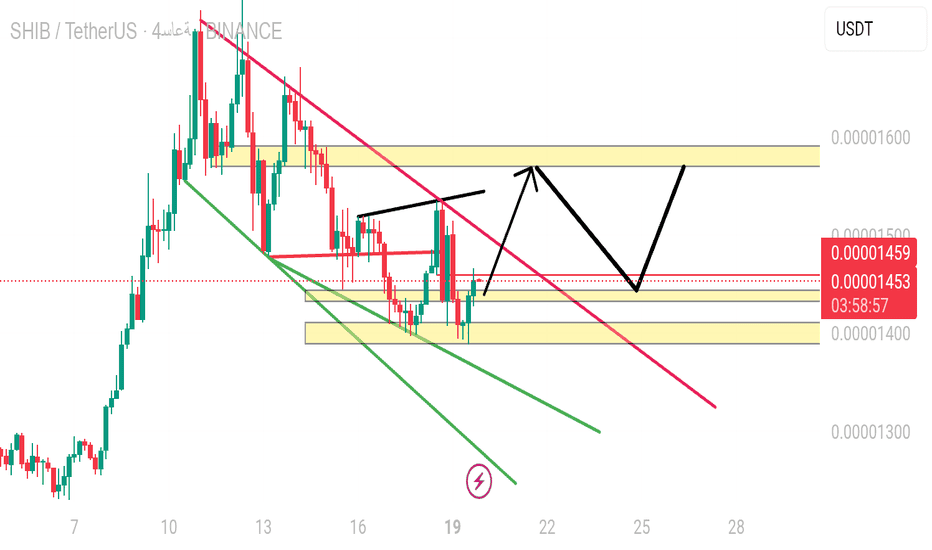To understand the currency chart practically, you need to focus on three main elements: price movement, time, and volume.
First, check the type of chart used. If it's candles, lines, or bars, candlestick charts provide more details about market behavior. Each candle represents a specific time period and shows the opening and closing price, as well as the highest and lowest points during that period.
Start by determining the overall trend: whether it's upward, downward, or sideways. Observe how the price moves from left to right. If the price rises gradually, the trend is upward; if it falls, the trend is downward; and if it moves within a narrow range, the market is fluctuating.
Then, monitor the peaks and troughs. Rising peaks indicate the continuation of an upward trend, while falling troughs indicate the continuation of a downward trend. If the peaks and troughs are at the same level, the market is fluctuating.
Look at support and resistance areas. Support is the level from which the price rebounds upward, and resistance is the level from which the price rebounds downward. When the price breaks one of these levels, it often continues in the same direction.
Monitor trading volume, if available. High volume during a breakout adds credibility to the movement, while low volume may indicate a false breakout.
Follow reversal candles like the hammer or bullish engulfing candle, as they provide signals about a change in direction, especially if they appear at support or resistance areas.
Don't forget to compare the current movement with the previous movement. See how the price behaved under the same conditions before. Did it rebound? Did it continue? Did it fluctuate? This gives you an idea of the market behavior.
If you understand these points, you can read any currency chart and identify entry and exit opportunities practically without complications.
